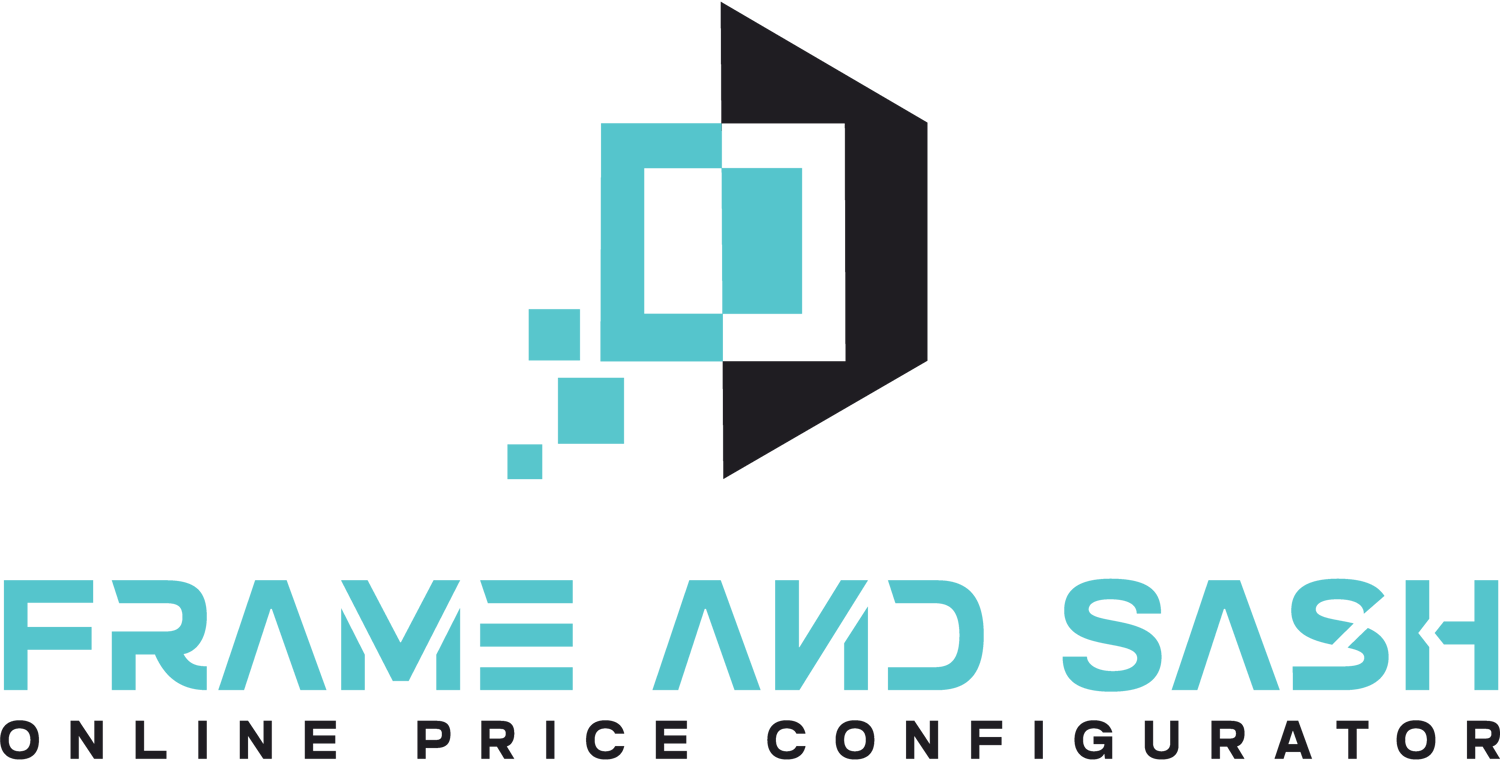The 2025 Remodeling Impact Report by the National Association of Realtors (NAR) offers valuable insights into the world of home remodeling, focusing on the top projects for cost recovery and joy scores. The report provides a unique look at how homeowners and realtors perceive home improvements and their return on investment (ROI), while also highlighting shifting trends in what renovations offer the most satisfaction and value.
⸻
Understanding the Joy Score: Measuring Happiness in Remodeling Projects
The Joy Score is a measure of homeowner satisfaction with their remodeling projects, calculated based on the happiness homeowners report after completing renovations. According to the report:
• 43% of homeowners reported feeling happy and 38% satisfied with their completed projects, yielding a typical Joy Score of 8.2.
• The top-performing projects received a perfect Joy Score of 10, including added primary bedroom suites, kitchen upgrades, and new roofing.
While cost recovery is important, homeowners are increasingly focused on the emotional value renovations bring to their daily lives. In fact, projects that focus on comfort and aesthetics—such as a kitchen remodel or creating a primary bedroom suite—are the ones most likely to provide happiness and a lasting sense of satisfaction.
⸻
Cost Recovery: What Projects Bring the Best Return on Investment?
When it comes to cost recovery, realtors have weighed in on how much value certain projects will likely add to a home’s resale price. For example:
• The highest cost recovery came from a new steel door, offering a 100% cost recovery.
• Other high-return projects include new roofing, kitchen upgrades, and bathroom renovations, all of which are highly recommended by realtors.
For homeowners looking to renovate with resale value in mind, it’s crucial to focus on projects that increase the home’s curb appeal and functionality—like roofing and energy-efficient upgrades.
⸻
Shifting Homeowner Preferences: What Renovations Are in Demand?
Realtors have observed a significant shift in homebuyer preferences since 2020. The top remodeled areas with increasing demand in the last two years include:
• Kitchen upgrades – The heart of the home continues to be a priority for buyers, with modern, functional kitchens providing high value.
• New roofing – Homebuyers recognize the importance of durable, energy-efficient roofing in maintaining the home’s overall health and aesthetic appeal.
• Bathroom renovations – Homebuyers are increasingly seeking updated bathrooms, which remain a key selling point for homes.
These insights indicate that modern buyers prioritize functionality, energy efficiency, and aesthetics in their renovation preferences, creating opportunities for sellers to improve the appeal of their homes.
⸻
Why Homeowners Undertake Remodeling
When consumers remodel, they are usually motivated by one or more of the following factors:
1. Upgrading worn-out surfaces, finishes, and materials (67%)
2. Improving energy efficiency (19%)
3. Time for a change (18%)
4. Preparing to sell (18%)
Interestingly, 89% of homeowners reported that housing affordability was not a significant factor in their decision to remodel. However, a smaller percentage (9%) indicated that rising home prices and mortgage rates influenced their decision to remodel, as they could not afford to move.
⸻
How Homeowners Finance Their Remodeling Projects
To finance their remodeling projects, consumers primarily relied on:
• Home equity loans/lines of credit (54%)
• Savings (29%)
• Credit cards (10%)
This data highlights that home equity remains the most popular financing method for major home renovations, particularly as homeowners look to add long-term value to their homes.
⸻
The Growing Popularity of Home Renovations: A Path to Long-Term Satisfaction
The 2025 Remodeling Impact Report shows that, despite rising costs and uncertain economic conditions, the desire to improve homes is as strong as ever. Homeowners who remodeled reported several key outcomes:
• 28% felt their renovation improved their home’s functionality and livability.
• 23% were pleased with the durability and long-lasting results of their projects.
• 46% of homeowners had increased enjoyment of their homes after completing a remodeling project.
• 92% of homeowners would remodel other areas of their home if cost were not an issue, signaling a clear desire for further investment in their homes.
These results underscore the significant emotional benefits of home renovations. The improvement of livability and personalization of spaces are driving homeowners to make these investments, even when considering their ROI.
⸻
What Does This Mean for the Window and Door Industry?
For those of us in the window and door industry, these findings offer valuable lessons. Homeowners who prioritize aesthetic appeal, functionality, and energy efficiency are likely to invest in windows and doors that enhance both the beauty and sustainability of their homes.
Given the growing demand for energy-efficient products, it’s essential for window and door companies to focus on:
• Energy-efficient window systems that not only offer aesthetic value but also lower utility costs.
• Customizable door options that improve both security and curb appeal.
• High-performance materials that withstand the test of time and enhance the overall livability of the home.
⸻
Conclusion: Renovation as a Key to Home Happiness and Value
The 2025 Remodeling Impact Report demonstrates that while the cost recovery of projects is a priority for homeowners, the emotional benefits of remodeling—particularly in areas like the kitchen, bathroom, and roof—are just as significant. As a result, the focus for home renovation projects is shifting towards improving functionality, livability, and energy efficiency.
For those in the window and door industry, understanding these trends offers a golden opportunity to position products that meet the evolving demands of homeowners—products that not only add value but also improve the overall living experience.


